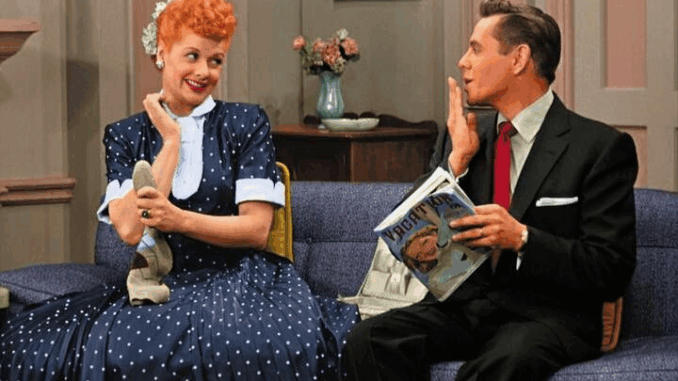
How a 1950s sitcom became one of the most important shows in TV history
Before Netflix, before cable, before color television — there was I Love Lucy. Premiering in 1951, this black-and-white sitcom not only redefined comedy but transformed the TV industry from the inside out.
Airing for six seasons, I Love Lucy pulled in record-breaking viewership (over 10 million weekly at its peak) and was later syndicated across more than 80 countries — making it one of the most widely watched and adored sitcoms ever.
Lucille Ball: More than just a funny woman
Lucille Ball wasn’t just the star — she was the force behind the scenes. Along with Desi Arnaz, she co-founded Desilu Productions, which produced not only I Love Lucy but also later classics like Star Trek and Mission: Impossible.
She became the first woman to run a major Hollywood studio, shattering gender norms in an industry dominated by men. Lucille Ball wasn’t just America’s favorite redhead — she was a trailblazer who proved women could run the show in every sense.
A format that shaped the future
The multi-camera setup, the use of a live audience, the episodic structure — all are staples of modern sitcoms like Friends, The Big Bang Theory, and Brooklyn Nine-Nine. And it all started with Lucy.
Even decades later, the show continues to inspire writers, comedians, and producers. From comic timing to character-driven storytelling, I Love Lucy laid the foundation for how we laugh on screen.
Why it still matters
In an era of fast-paced digital media, I Love Lucy remains refreshingly sincere. Its comedy isn’t just slapstick — it’s grounded in human flaws, relationships, and the pursuit of happiness. And while the world has changed, Lucy’s charm still holds up.
She made mistakes. She failed gloriously. And she made the world laugh while doing it.
